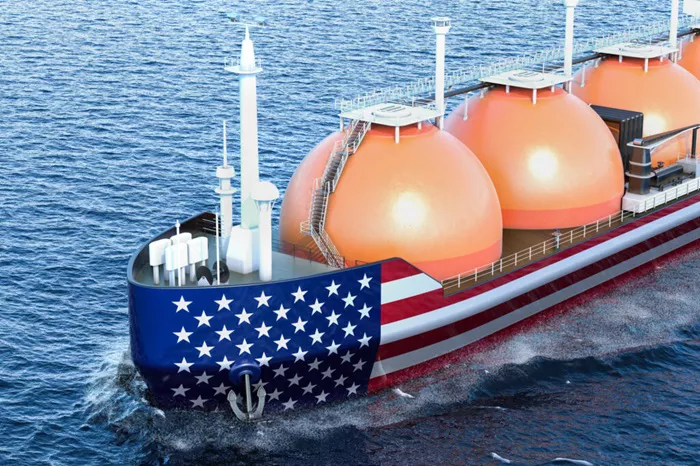As Europe moves to tighten regulations on methane emissions from fossil fuel imports, the United States is taking proactive steps to ensure its liquefied natural gas (LNG) exports remain a reliable part of Europe’s energy future. The European Union’s new methane regulation, slated for implementation in 2030, will impose stringent emissions standards on oil and gas imports, including LNG. This could require U.S. LNG developers to overhaul operations to meet these standards.
In anticipation of these upcoming rules, the Biden Administration has initiated discussions with the European Union to align the U.S. regulatory framework with EU requirements. Just days before the 2024 presidential election, the Department of Energy (DOE) and the Environmental Protection Agency (EPA) sent a joint letter to Juul Jorgensen, the European Commission’s Director-General for Energy, seeking a determination of “equivalency” between U.S. and EU methane regulations.
The letter, signed by key U.S. energy and environmental officials, expressed confidence that the U.S. regulatory system for monitoring and reducing methane emissions would meet or exceed the EU’s standards. “We understand that this process will take time. However, we would like to begin discussions as soon as possible to ensure the continued reliable and stable supply of natural gas from the United States to Europe,” the letter stated.
U.S. LNG’s Vital Role in Europe’s Energy Future
The United States remains the world’s largest LNG exporter, ahead of Qatar and Australia, and Europe has become the top destination for U.S. LNG shipments. In 2023, U.S. LNG exports to Europe and Turkey accounted for 66% of total U.S. LNG exports, with the U.S. supplying nearly half of the EU’s LNG imports. This strong foothold is seen as vital to Europe’s energy security, particularly as the EU moves away from Russian gas following the invasion of Ukraine.
The EU’s shift away from Russian energy supplies has opened the door for U.S. LNG to fill the gap. European Commission President Ursula von der Leyen has even suggested that U.S. LNG could replace Russian shipments, offering cheaper prices that could help drive down Europe’s energy costs.
The Impact of Methane Regulation on LNG Supply
Despite the potential for increased U.S. LNG exports to Europe, the EU’s methane regulation presents a significant challenge for both sides. The regulation aims to enforce stricter emissions standards for imported fossil fuels, including LNG, starting in 2030. However, it is still unclear how the EU will assess whether methane rules in non-EU countries, like the United States, are “equivalent or stronger” than those within the EU.
The stakes are high for both the U.S. and the EU. European nations need a steady supply of LNG as they reduce reliance on Russian energy, while U.S. LNG producers depend on the EU, the U.K., and Turkey as their primary export markets. Concerns have been raised by U.S. industry groups such as the American Petroleum Institute (API) and the U.S. Chamber of Commerce that the EU’s methane rules could undermine energy security in Europe by limiting access to U.S. LNG if it fails to meet stringent emissions thresholds.
Political Uncertainty in the U.S.
The future of U.S. environmental regulations, particularly around methane emissions, remains uncertain with the impending presidential election. President-elect Donald Trump is expected to target the repeal of the Biden Administration’s methane fees and ease restrictions on LNG project permitting. However, even if U.S. environmental regulations are rolled back, U.S. LNG exports will continue to face scrutiny over emissions profiles, as the EU seeks to balance energy security with its climate goals.
The EU’s final decision on how to implement methane regulations for imported fossil fuels could have long-term implications for the future of U.S. LNG exports, and for the EU’s energy security as it seeks to reduce reliance on Russian energy supplies.
Related topic:

